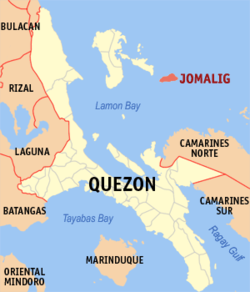
Mabini, officially the Municipality of Mabini, is a 1st class municipality in the province of Batangas, Philippines. According to the 2020 census, it has a population of 50,858 people.

Real, officially the Municipality of Real, is a 1st class municipality in the province of Quezon, Philippines. According to the 2020 census, it has a population of 38,678 people.
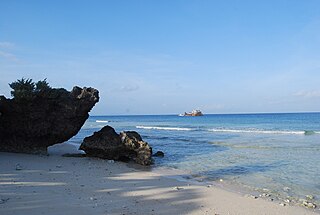
Polillo, officially the Municipality of Polillo, is a 3rd class municipality in the province of Quezon, Philippines. According to the 2020 census, it has a population of 31,908 people.

San Pascual, officially the Municipality of San Pascual, is a 1st class municipality in the province of Batangas, Philippines. According to the 2020 census, it has a population of 69,009 making it as the 9th most populous municipality in the province.

Alitagtag, officially the Municipality of Alitagtag, is a 4th class municipality in the province of Batangas, Philippines. According to the 2020 census, it has a population of 26,819 people.

Balete, officially the Municipality of Balete, is a 5th class municipality in the province of Batangas, Philippines. According to the 2020 census, it has a population of 24,055 people. The people from Balete is called Baleteños.

Cuenca, officially the Municipality of Cuenca, is a 4th class municipality in the province of Batangas, Philippines. According to the 2020 census, it has a population of 36,235 people.

Lobo, officially the Municipality of Lobo, is a 3rd class municipality in the province of Batangas, Philippines. According to the 2020 census, it has a population of 40,736 people.

Padre Garcia, officially the Municipality of Padre Garcia, is a 2nd class municipality in the province of Batangas, Philippines. According to the 2020 census, it has a population of 51,853 people.

San Luis, officially the Municipality of San Luis, is a 4th class municipality in the province of Batangas, Philippines. According to the 2020 census, it has a population of 36,172 people.

Santa Teresita, officially the Municipality of Santa Teresita, is a 5th class municipality in the province of Batangas, Philippines. According to the 2020 census, it has a population of 21,559 people.
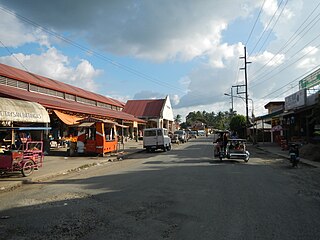
Taysan, officially the Municipality of Taysan, is a 2nd class municipality in the province of Batangas, Philippines. According to the 2020 census, it has a population of 40,146 people.
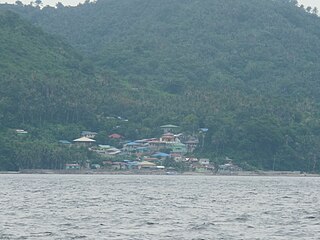
Tingloy, officially the Municipality of Tingloy, is a 5th class municipality in the province of Batangas, Philippines. According to the 2020 census, it has a population of 19,215 people.

Burdeos, officially the Municipality of Burdeos, is a 4th class municipality in the province of Quezon, Philippines. According to the 2020 census, it has a population of 24,644 people.

Panukulan, officially the Municipality of Panukulan, is a 4th class municipality in the province of Quezon, Philippines. According to the 2020 census, it has a population of 16,376 people. It is located in the northwestern part of the island of Polillo in the Polillo Islands.

Patnanungan, officially the Municipality of Patnanungan, is a 5th class municipality in the province of Quezon, Philippines. According to the 2020 census, it has a population of 15,052 people.

Quezon, officially the Municipality of Quezon, is a 5th class municipality in the province of the same name. According to the 2020 census, it has a population of 15,886 people.

San Andres, officially the Municipality of San Andres, is a 4th class municipality in the province of Quezon, Philippines. According to the 2020 census, it has a population of 37,454 people.
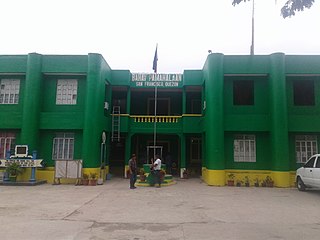
San Francisco, officially the Municipality of San Francisco, is a 2nd class municipality in the province of Quezon, Philippines. According to the 2020 census, it has a population of 62,097 people.

Tagkawayan, officially the Municipality of Tagkawayan, is a 1st class municipality in the province of Quezon, Philippines. According to the 2020 census, it has a population of 54,003 people.

